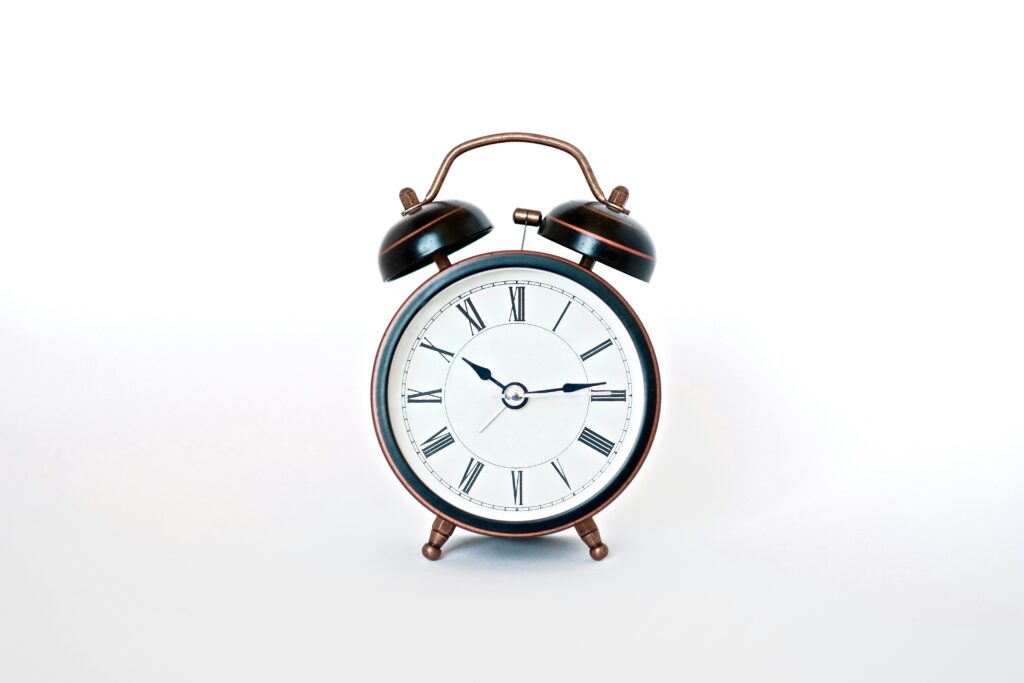A recent poll by the AP‑NORC Center for Public Affairs Research (conducted October 9-13, 2025) asked U.S. adults about the twice-yearly clock change. Here are some of the key findings:
- Only 12% of U.S. adults said they favour the current system of switching clocks twice a year. AP News+1
- 47% said they oppose the system of switching clocks. AP News+1
- 40% said they were neutral (neither in favour nor opposed). AP News+1
- When asked which system they’d prefer if they had to choose one: 56% preferred making DST (later evening daylight) permanent, while about 40% preferred permanent standard time (earlier mornings with more daylight early) instead. AP News+1
- Preferences varied by “morning person” vs “night person”: those who describe themselves as night-people preferred permanent DST (61% of them). Morning people were about evenly split. AP News+1
These numbers show a clear dissatisfaction with the twice-yearly time change ritual. Although many prefer one permanent time rather than switching, there is less consensus about which permanent time is best. The underlying feeling: the change causes disruption.
Why the Clock Change Can Feel Disruptive
Disruption to Sleep and Circadian Rhythm
Switching clocks forwards or backwards forces your internal body clock (circadian rhythm) to adjust. Even a one-hour shift can:
- Make you wake up when your body doesn’t want to (or delay sleep)
- Cause grogginess, fatigue, or “jet-lag” style symptoms for days
- Shift the timing of sunlight exposure, which influences mood and alertness
Effects on Mood, Health & Safety
Research has linked these time changes to real consequences:
- Increased incidence of heart attacks, mood disturbances, and accidents in the days following a spring shift. TIME+1
- Reduced morning light after springs forward can weaken circadian robustness (“The more light you have earlier in the morning, the more robust your clock is.” — from Stanford researcher quoted in AP-NORC article) AP News
- For some people with depression or seasonal affective disorder (SAD), the change adds another layer of disruption. Health
Emotional & Practical Annoyance
Beyond physiological effects, many report the change simply feels annoying: routines are shifted, children’s schedules change, daylight hours are altered. One poll described a phenomenon called “daylight saving scaries,” where individuals feel dread in advance of the change. New York Post
Ways to Adjust Your Schedule and Minimize Feeling Out of Sorts

Whether you’re anticipating the “spring forward” (losing an hour of sleep) or the “fall back” (gaining an hour, but changing light patterns), here are practical strategies to ease into the shift.
1. Gradually Shift Your Routine Ahead of Time
- A few days before the change, start going to bed 15 – 30 minutes earlier (for spring) or waking slightly later (for fall) so your body begins to adjust.
- Adjust meals, exercise, and wake-times in small increments rather than waiting until the exact change.
2. Prioritize Morning Light Exposure
- Especially after “spring forward,” you’ll likely wake up in darker conditions. Try to get outside within 30-60 minutes of waking and get some natural light. This helps reset your circadian rhythm.
- Avoid intense bright light just before your newly adjusted bedtime.
3. Keep Sleep Hygiene Tight
- Maintain consistent wake-and-sleep times (even on weekends) during the adjustment period.
- Avoid heavy caffeine or screens close to your new bedtime.
- Create a calm pre-sleep routine (reading, relaxing, dimming lights) to signal your body it’s time.
4. Manage Your Evening Schedule
- With more evening daylight (in the case of DST), it’s easy to over-schedule activities and delay sleep. Try to limit strenuous exercise or stimulating tasks late at night.
- If you’re returning to standard time, you’ll have earlier dusk—use it as a cue to wind down earlier.
5. Plan for the First Few Days
- Recognize the first 1-3 days may feel “off” – fatigue, mood changes, lower productivity are common. Schedule less critical tasks during that time if possible.
- Be compassionate with yourself: it’s an adjustment period, not a failure.
6. Consider Light Therapy or Sunset Planning
- If you’re especially sensitive (e.g., SAD), using a light-therapy box in the morning or ensuring you get enough light outdoors can help.
- In the “fall back” period when dusk comes earlier, aim to maintain activity in daylight instead of retreating indoors.
7. Use the Clock Change as a Reminder for Other Healthy Habits
- Some people use the time shift as a trigger to review other routines: check your smoke alarms, plan for your winter wardrobe, review health check-ups. Anchoring the change in this way can help give a positive spin.
- Adjust habits such as meal planning, exercise schedule, or family routines to fit the new light rhythm.
Final Thoughts
The twice-yearly clock change may feel like a small adjustment, but for many people it has real effects: on sleep, mood, daily routines—and on how they feel about the change. The latest AP-NORC poll makes that clear: the majority of Americans don’t favour the current system of switching clocks. Many would prefer a permanent time (either standard or daylight) that eliminates the disruption. AP News
While the broader policy debate continues, you can take control of your own experience. By anticipating the shift, tweaking your schedule, and being kind to your body during the adjustment, you’ll be better positioned to navigate the change smoothly and avoid feeling out of sorts.








